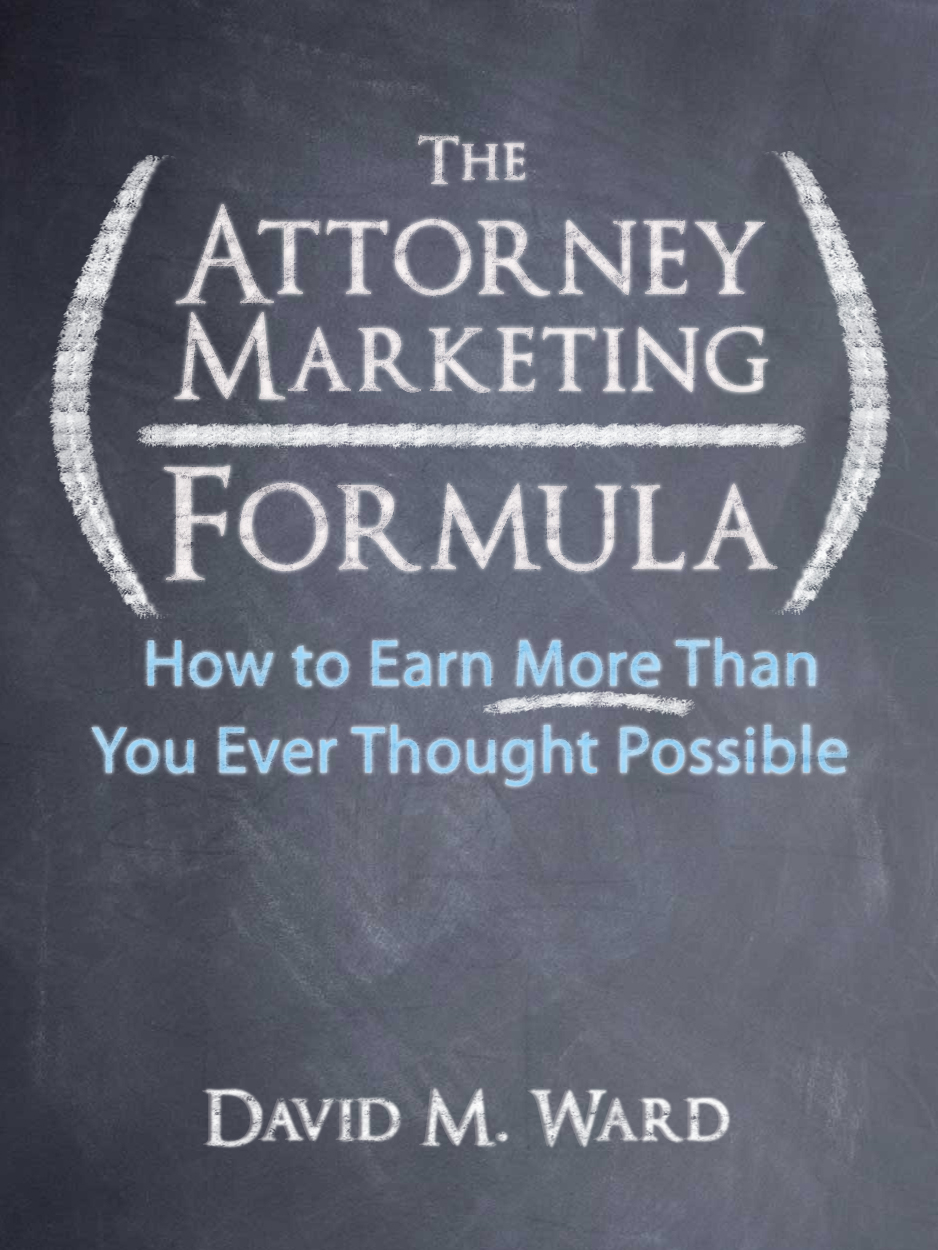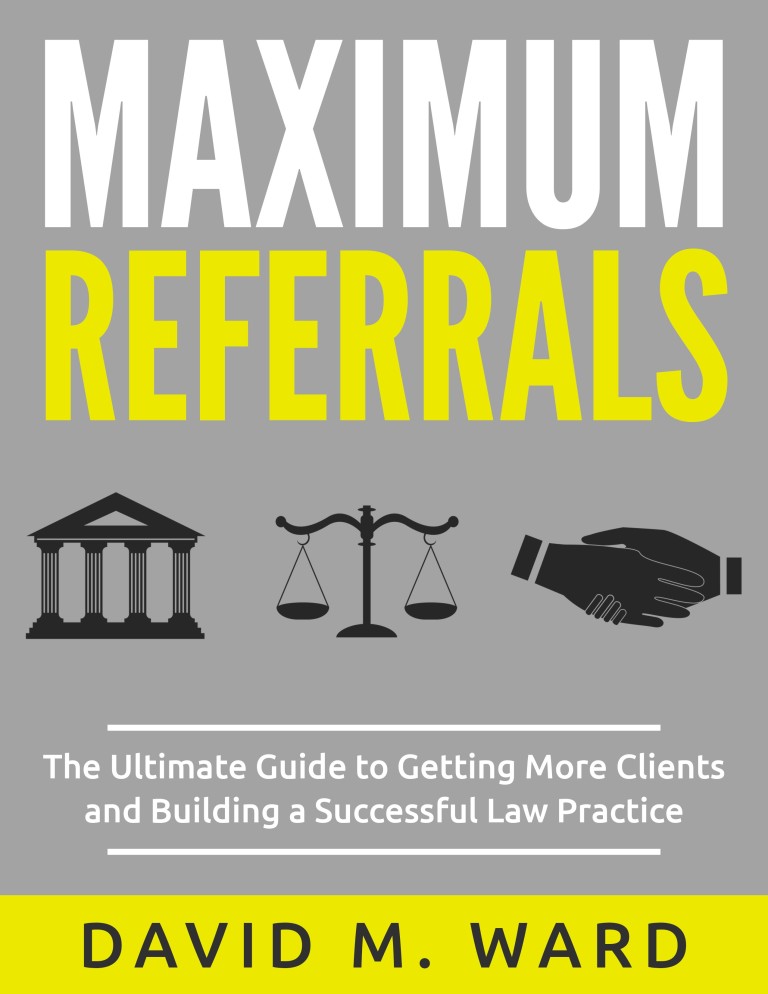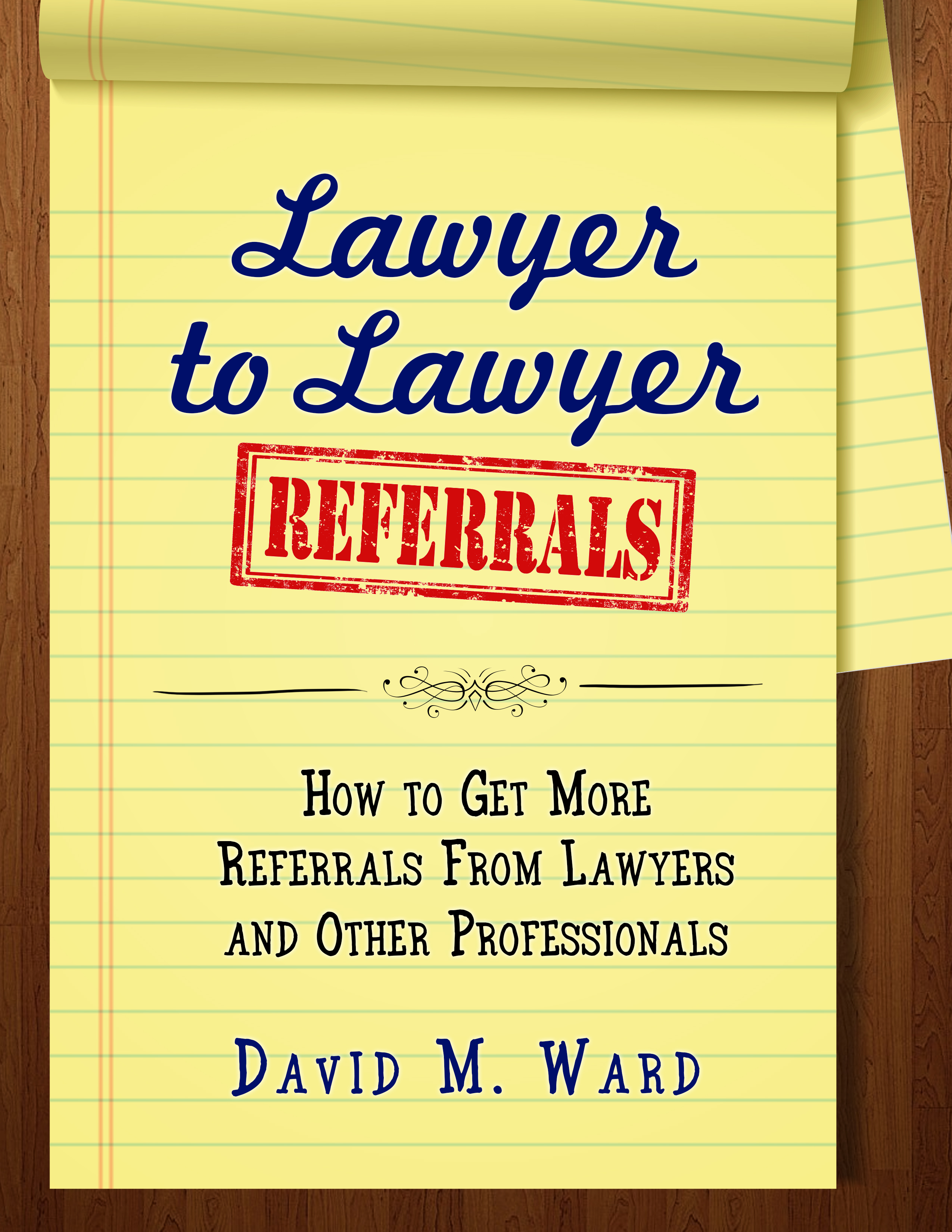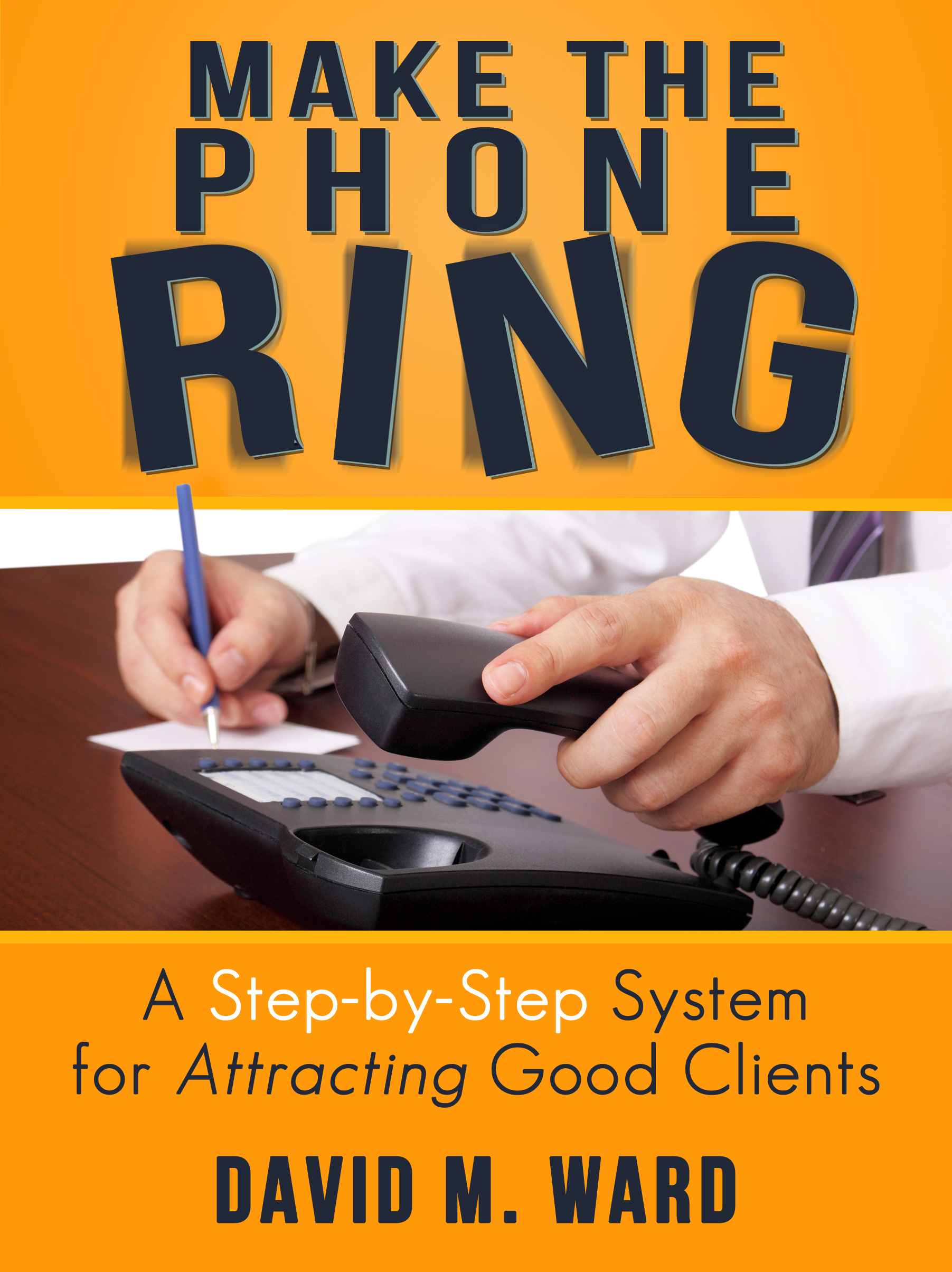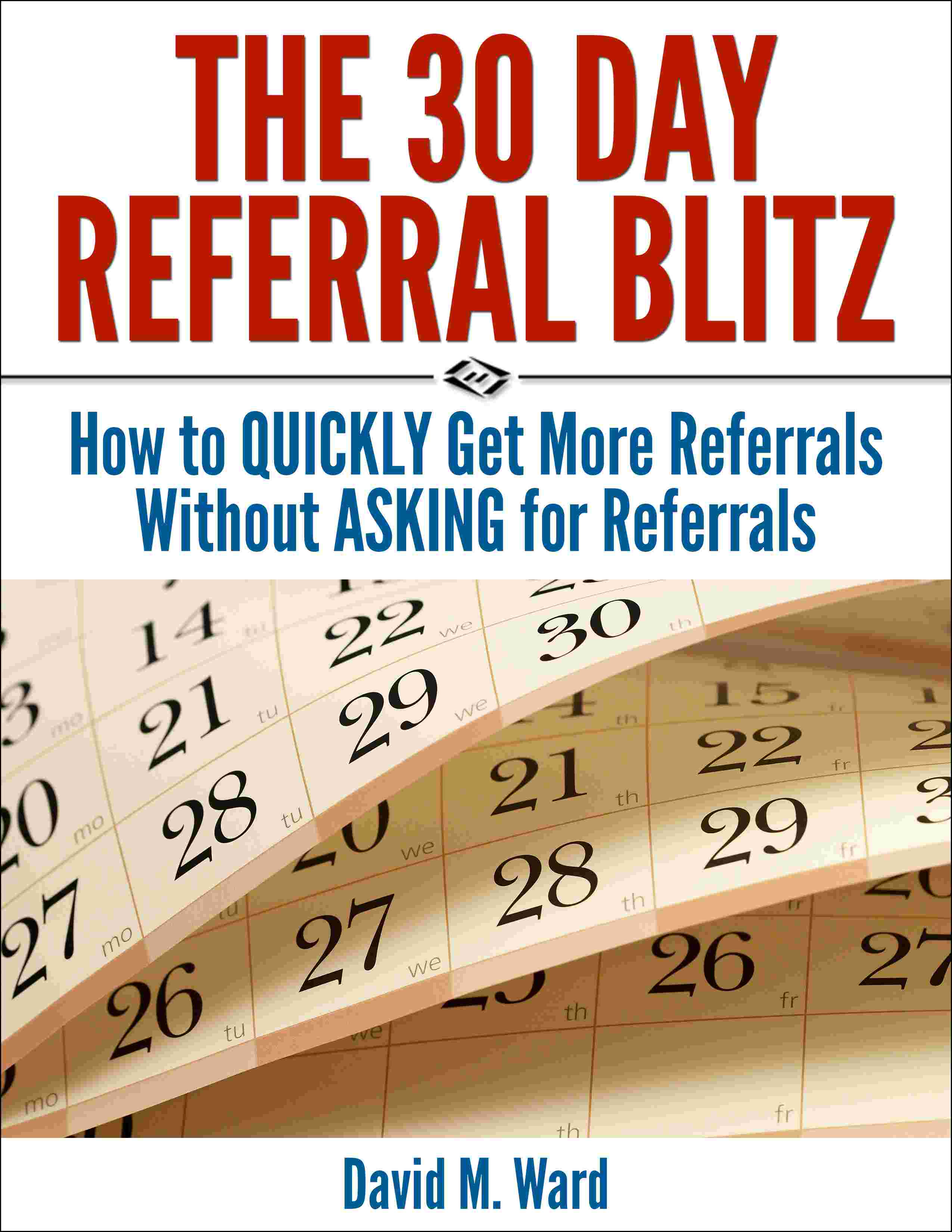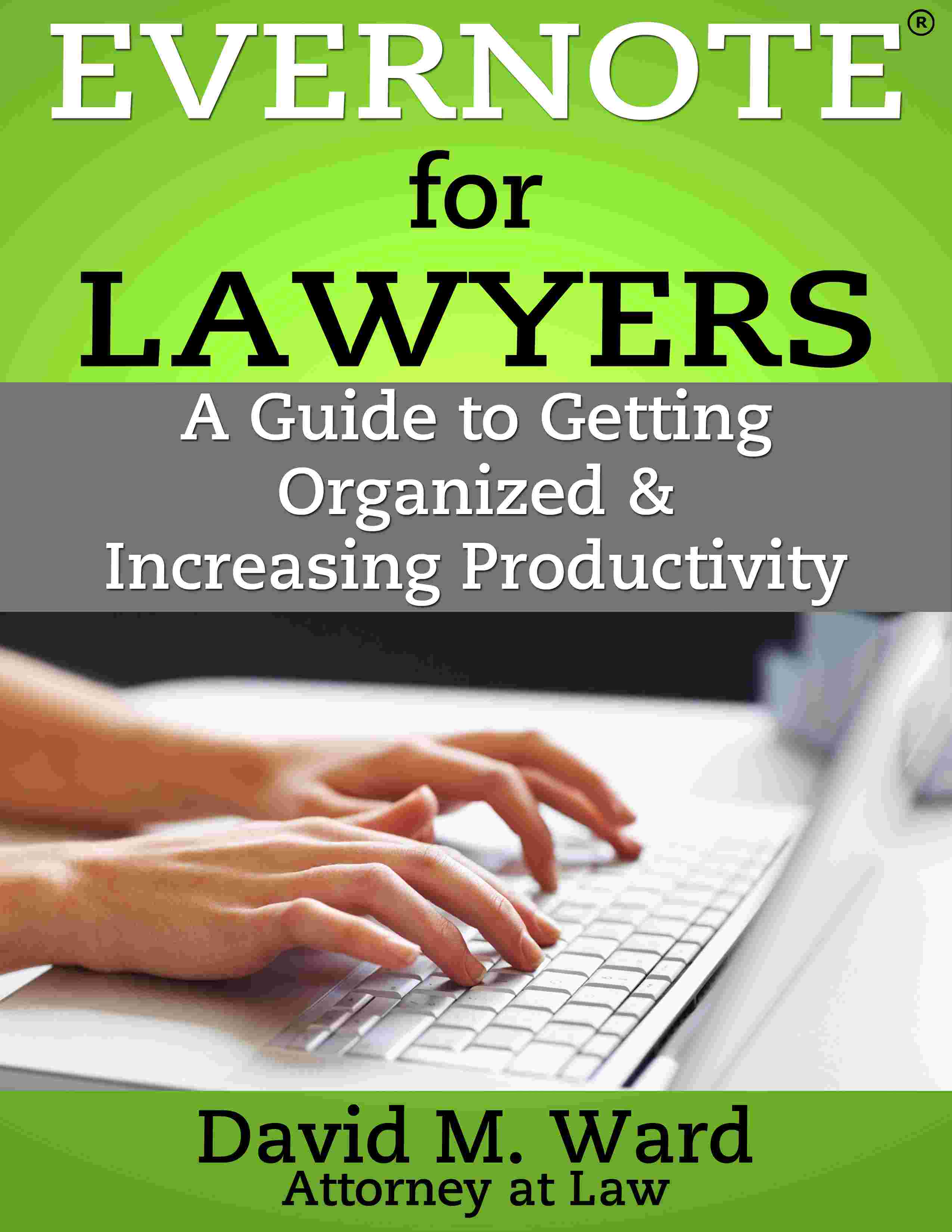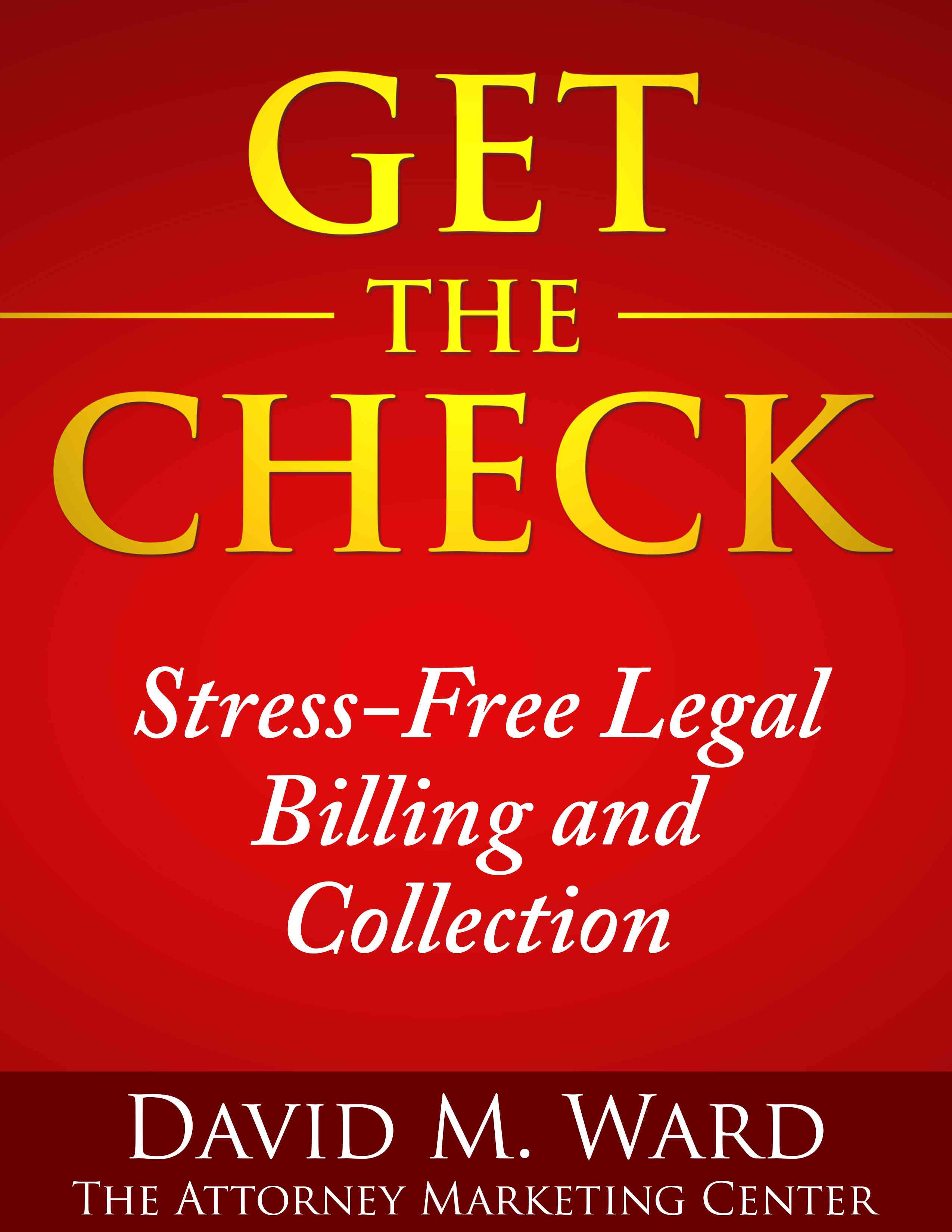Your phone rings. A prospective client has a few questions or wants to make an appointment. He wasn’t a referral, didn’t see your ad or article, didn’t hear you interviewed, doesn’t follow you on social media, and hasn’t met you.
How does he know what you do and how you can help him?
He knows because he’s on your email list and, for weeks or months, or even years, has been hearing all about what you do and how you can help him.
He’s heard you discuss law and procedure and tell stories about cases you’ve handled. He’s heard what you do for your clients and believes you’re good at your job.
Whether you write a weekly or monthly newsletter or email your list from time to time, your list keeps you in touch with prospective clients, former clients, and business contacts. When they’re ready, they call.
You can’t do that effectively on social media. It’s out of your control. Algorithms change, policies change, and you never know who sees your information.
If you have an email list, however, you can contact your target market any time you want and know you’re addressing people who have actually chosen to hear from you.
They may not open every email, but they’re much more connected with you than they might be on social.
So, you need a list.
But you can’t (shouldn’t) just add names to a list and hit send. You want them to “opt in”.
You get them to do that by offering an incentive. Not just the information they get in your newsletter or blog or channel.
Something else.
It could be a report about a legal problem and solution you offer. It could be a guide to accomplishing something your target market wants to accomplish. It could be a form, a list of resources, or anything else a prospective client might want and be willing to sign up to get.
Offer them something they can download in exchange for their email address (also known as a lead magnet).
It has to be good. Don’t just throw something together. It should be valuable enough that people think, “Wow, I can’t believe they give this away for free.” That’s how you get more opt-ins and build trust with your audience.
On the other hand, it doesn’t have to be amazing. Solid information and a benefit-rich title can do the trick.
If you target small business owners, for example, a report or guide entitled, “22 Smart Strategies Business Owners Need To Stay Out Of Court” could be plenty.
Start with one lead magnet and use it to build your list. Over time, you can add more lead magnets, for different practice areas, different target markets, and different types of cases, to help you grow your list.

